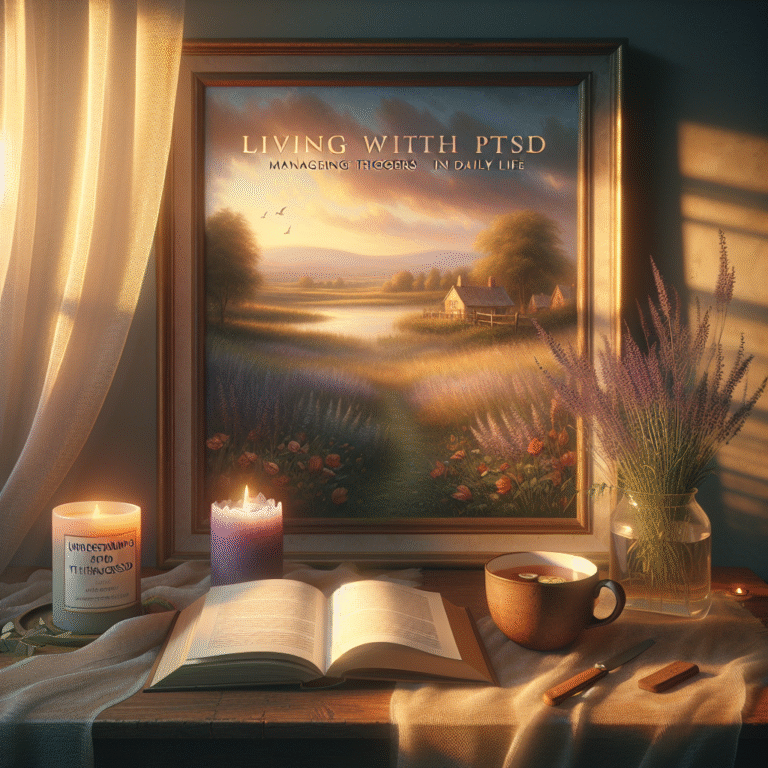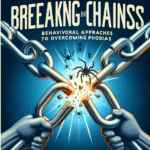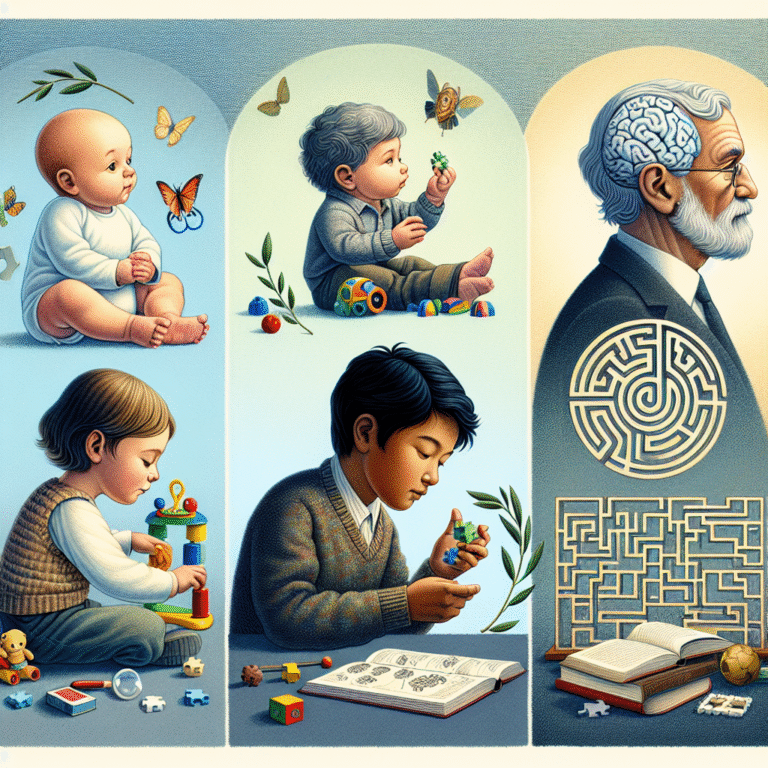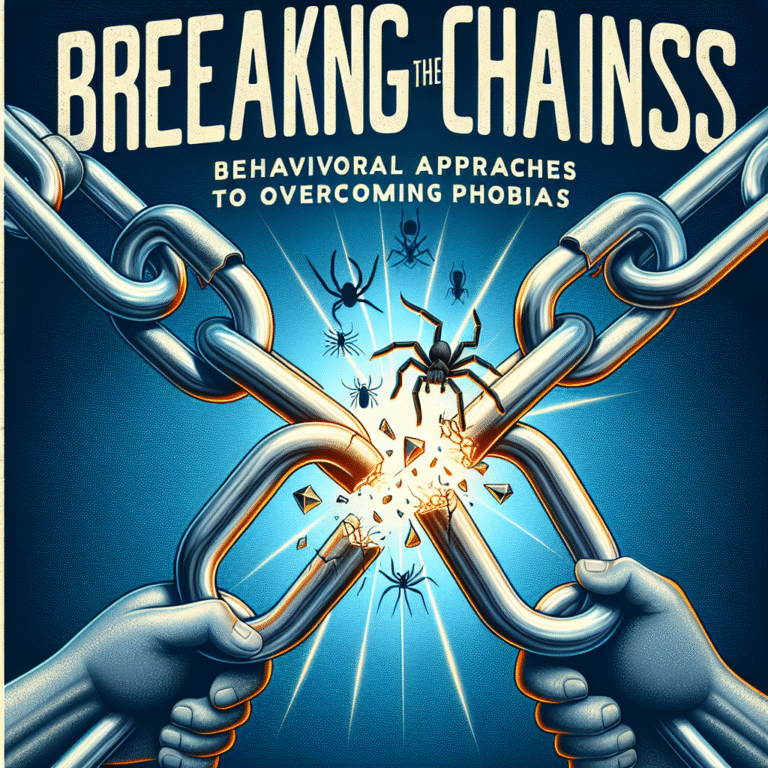
Shifting Moods: Recognizing Bipolar Disorder in Young Adults – The Essential Guide
Introduction
In today’s fast-paced world, the conversation around mental health is becoming increasingly crucial. Among young adults, one mental health condition stands out for its impactful yet often misunderstood nature: bipolar disorder. With its characteristic shifting moods, bipolar disorder can affect educational, social, and professional dimensions of life. As many as 2.6% of the U.S. adult population experience bipolar disorder at some point in their lives, making it essential for friends, family, and educators to recognize its symptoms early on. This article will explore the nuances of shifting moods, providing insights and tools for recognizing bipolar disorder in young adults.
Understanding Bipolar Disorder: A Brief Overview
Bipolar disorder, formerly known as manic depression, is characterized by extreme mood swings that encompass emotional highs (mania or hypomania) and lows (depression). These shifts can significantly impact a person’s daily functioning, relationships, and academic or work life.
Symptoms of Bipolar Disorder
- Manic Episodes: Elevated mood, increased energy, decreased need for sleep, racing thoughts
- Hypomania: A less severe form of mania that still leads to noticeable changes in behavior
- Depressive Episodes: Feelings of sadness, hopelessness, fatigue, and loss of interest in activities
Table 1: Key Symptoms of Bipolar Disorder
| Symptom | Description |
|---|---|
| Mania | Elevated mood, racing thoughts, impulsivity |
| Hypomania | Increased energy, reduced need for sleep, creativity |
| Depression | Low mood, fatigue, feelings of worthlessness |
The Importance of Early Detection
Recognizing the early signs of bipolar disorder in young adults can lead to effective management and treatment, improving quality of life dramatically. Understanding the palate of shifting moods assists in demystifying this complex disorder.
Case Study 1: Emily’s Journey
Emily, a 21-year-old college student, exhibited classic symptoms of bipolar disorder. Her friends noticed her climbing on tables during a night out, exuberantly singing for hours at a karaoke bar, followed by weeks where she struggled to get out of bed and attend classes. Recognizing these shifts allowed Emily to seek help at a crucial moment, leading to a diagnosis and supportive treatment program.
Analysis: Emily’s experience illustrates the "highs and lows" nature of bipolar disorder, highlighting the importance of friends observing behavioral changes and encouraging conversations about mental health.
Recognizing the Signs: More than Just "Moods"
The keyword "Shifting Moods: Recognizing Bipolar Disorder in Young Adults" encompasses the continuous oscillation between various emotional states. Here’s how to differentiate these emotional experiences:
Mood Episodes and Their Duration
- Manic Episodes: Lasting a week or more, intensely affecting daily activities.
- Hypomanic Episodes: Lasting four days to a week, does not impair daily function.
- Depressive Episodes: Lasting two weeks or more, causing significant distress.
Common Misconceptions
The terms "crazy" or "moody" are often misused, obscuring the reality of bipolar disorder. Young adults facing these symptoms might battle stigmas that deter them from seeking assistance.
Building a Support System: Friends and Family Matter
How to Support Young Adults with Bipolar Disorder
- Educate Yourself: Understanding bipolar disorder equips you to offer better support.
- Encourage Open Communication: Creating a safe space promotes candid discussion about emotional changes.
- Be Patient: Recovery takes time. Understand that there are ups and downs, even in treatment.
Case Study 2: Jason’s Transformation
Jason, a 24-year-old, experienced a major depressive episode that coincided with his transition from high school to college. His roommate, Sarah, educated herself about bipolar disorder, enabling her to recognize signs that Jason needed more support. Through their discussions, Jason learned to express his feelings better and sought professional help.
Analysis: This case emphasizes the positive impact of informed support in aiding recovery and the importance of removing the stigma surrounding mental health discussions.
Professional Help: Therapy and Medication
Treatment Options for Bipolar Disorder
Managing bipolar disorder typically involves psychotherapy and medication. Effective treatment is tailored to individual needs and may include options like:
- Cognitive Behavioral Therapy (CBT): Helps in understanding and changing negative thought patterns.
- Medication: Mood stabilizers, antipsychotics, and antidepressants are commonly prescribed.
Table 2: Treatment Options for Bipolar Disorder
| Treatment Type | Description |
|---|---|
| Cognitive Behavioral Therapy | Address negative thought patterns |
| Mood Stabilizers | Helps in controlling mood swings |
| Antipsychotics | Assist with mania or severe symptoms |
Coping Strategies for Young Adults
While professional help is crucial, self-help strategies can also play a vital role in managing bipolar disorder.
Daily Routines and Their Importance
Maintaining a structured routine helps bolster stability in mood. Young adults can benefit from:
- Regular sleep schedules
- Healthy eating habits
- Regular exercise
Case Study 3: Sarah’s Balanced Approach
Sarah, a 22-year-old diagnosed with bipolar disorder, sticks to a routine that includes morning yoga, daily journaling, and medication management. By sharing her daily strategies in a blog, she encourages others to find a balance while managing their condition.
Analysis: Sarah’s story highlights the effectiveness of daily routines in fostering emotional stability.
The Role of Social Media
A Double-Edged Sword
In today’s digital age, social media can serve as both a support system and a source of stress.
- Positives: Online communities can provide resources, peer support, and validation.
- Negatives: Social media can exacerbate feelings of inadequacy or anxiety.
Using Social Media Wisely
Identify supportive platforms and communities where young adults can share their experiences and feel understood.
Community Resources and Support Groups
Connect with local organizations or online communities that focus on mental health awareness. Many provide resources, workshops, and support groups specifically for young adults.
Conclusion: Recognizing and Supporting Shifting Moods
In conclusion, the journey of recognizing and managing bipolar disorder in young adults requires a multifaceted approach that includes education, open communication, and the power of community. By focusing on shifting moods, we can demystify bipolar disorder and encourage early detection and respectful support systems. The more we learn, the more empowered we become to help those affected by this complex condition.
Actionable Takeaway: Start a Conversation
This journey toward understanding begins with conversations. Whether you’re a young adult experiencing these symptoms or a supportive friend or family member, taking that first step to talk about mental health can be transformative.
FAQs
1. What causes bipolar disorder in young adults?
Bipolar disorder is thought to arise from a combination of genetic, biochemical, and environmental factors. Stressful life events can trigger episodes.
2. Is there a cure for bipolar disorder?
While there is currently no cure, effective treatments can help manage symptoms and lead to a fulfilling life.
3. Can lifestyle changes help with symptoms of bipolar disorder?
Yes, regular exercise, a healthy diet, and consistent sleep patterns can greatly assist in managing mood fluctuations.
4. How can I support a friend with bipolar disorder?
Educate yourself about the condition, encourage open conversation, and offer your support without judgment.
5. Is it common for young adults to misinterpret their symptoms?
Yes, young adults often struggle to differentiate between typical emotional fluctuations and the symptoms of bipolar disorder, which can lead to confusion and stigma. Early intervention is key.
By engaging with the contents of this article, readers can empower themselves and others, fostering understanding and resilience in the face of mental health challenges. Remember, recognizing shifting moods is the first step toward support and recovery.















